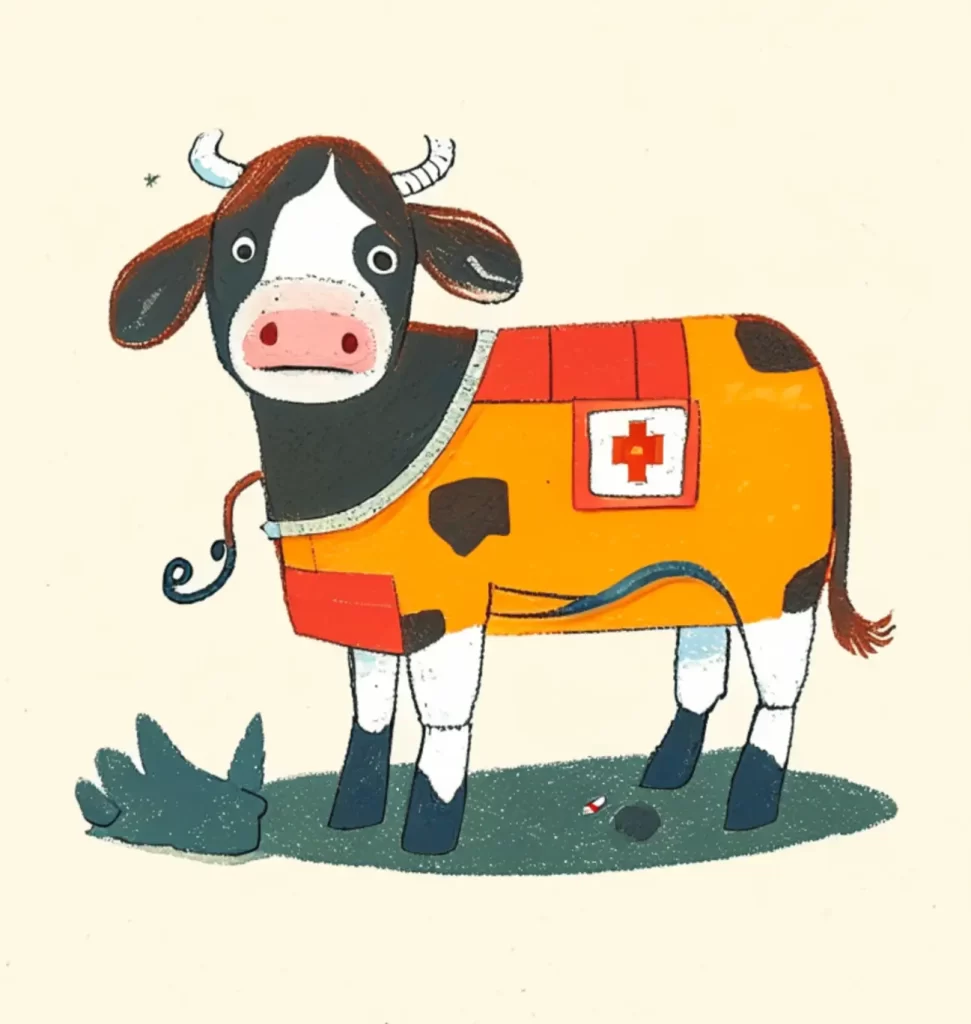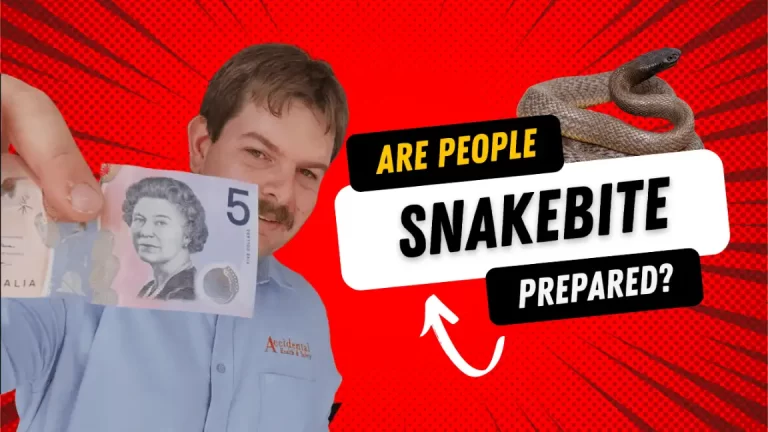What’s ‘COWS’ in CPR?

Hey there! We’ve given this article a bit of a makeover on July 9, 2024. We’ve added more details about the proccess, an infographic, info on how it fits into the DRSABCD action plan, explained some cool tools that medical pros use (like AVPU and GCS), and cleared up the difference between someone who’s responsive and someone who’s not. We’ve also shuffled things around a bit to make it all flow better. Hope you find it helpful!
A Mooving Acronym
You know what it’s like at first aid courses. Us trainers always love a good acronym! You may encounter terms and acronyms that seem puzzling. ‘COWS’ might sound like a farm-related term, but in the context of CPR, it plays an essential role. Let’s dive into the pasture of first aid knowledge and understand what ‘COWS’ truly means.
Unraveling the ‘COWS’ Mystery
In CPR, ‘COWS’ isn’t about the four-legged animals. It’s an acronym used to help you check a persons response. This is something you’ll need to know to save a life.
Here’s what it stands for.
- C: Can you hear me?
- O: Open your eyes.
- W: What’s your name?
- S: Squeeze my hand.
What do you use it for?
If someone has suffered a serious injury, it allows you to check if a person is responding and conscious.

If they are conscious, and you ask “Can you hear me”” they’ll quickly respond. If they are unable to speak, then hopefully they’ll open their eyes when asked or squeeze your hand if they can.
The “What’s your name” question also gives you an opportunity to learn just how bad they are feeling when they’ve had an injury.

Why COWS is Important in Basic Life Support
Here’s why the ‘COWS’ method is so vital:
- Quick Assessment: In an emergency, time is of the essence. ‘COWS’ enables you to check if someone is conscious without wasting too much time.
- Informed Decisions: Knowing the consciousness level helps the first aider decide what care is needed next.
If they’re responsive that’s great -they can follow what you’re saying and maybe even tell you what’s wrong.
But if they’re unresponsive, it’s like their phone’s gone straight to voicemail. They’re not reacting to your voice or even a gentle prod.
This is when we start to worry. They might not be breathing right, or their airway could be blocked. In these cases, we need to act fast and might need to start CPR if they’re not breathing normally. COWS makes a quick response to this type of emergency posible.

A Common Trap
Beware! A mere groan or limited reaction doesn’t qualify as a proper response.
If a person can’t do one of the four things mentioned in cows it is highly likely they are unresponsive
The Role of ‘COWS’ in DRSABCD
Okay, now let’s talk about how ‘COWS’ fits into the bigger picture of first aid. We’ve got this action plan called DRSABCD. Think of it as your emergency to-do list:
- Danger: Look around. Is there anything that could hurt you or others? Safety first!
- Response: This is where our friend ‘COWS’ comes in. Give it a go!
- Send for help: Yell for help or call emergency services. Don’t be shy!
- Airway: Make sure there’s nothing blocking their airway.
- Breathing: Check if they’re breathing normally.
- CPR: If they’re not breathing normally, it’s CPR time.
- Defibrillation: Use an AED if you’ve got one handy.
Here’s a pro tip: the ‘R’ (Response) step comes hot on the heels of checking for danger. So you’ll be using ‘COWS’ pretty much as soon as you arrive on the scene. It’s like being a detective – you want to gather clues about what’s going on as quickly as possible.
Two Hands for Stroke
When seeing if someone can squeeze your hand, it’s best to hold both of their hands. If a person has had a stroke, they may be only able to squeeze on one side
What Medical Professionals Do
Now, let’s chat about what the pros do. You know, the paramedics who deal with this stuff every day. They’ve got some fancy but albeit not as memorial acronyms up their sleeves to check how alert someone is. Two of the big ones are AVPU and the Glasgow Coma Scale (GCS).
Both of these systems are designed, not just to tell you if someone is responsive, but also to indicate how responsive they are.
AVPU
Think of AVPU like a quick game of ‘Heads Up’. It stands for:
- Alert: They’re bright-eyed and bushy-tailed.
- Voice: They perk up when you talk to them.
- Pain: They only respond when you give them a pinch (we’re not being mean, promise!)
- Unresponsive: They’re out cold, not responding to anything.
It’s super easy to remember and use, which is why it’s often the first thing paramedics check.
Glasgow Coma Scale (GCS)
Now, the GCS is like the deluxe version of AVPU. It’s a bit more detailed, kind of like upgrading from a yes/no quiz to multiple choice. Here’s how it works: You pick a number for each aspect of responsiveness to give them an overall score.
- Eye Opening: Are their eyes open? Do they open them when you talk or give them a gentle prod? (1-4 points)
- Verbal Response: Can they talk? Are they making sense or just mumbling? (1-5 points)
- Motor Response: Can they move? Can they follow commands like “squeeze my hand”? (1-6 points)
You add up the points from each category, and the total score can be anywhere from 3 (completely unresponsive) to 15 (totally alert and chatty).
The cool thing about GCS is that it gives a more nuanced view of how someone’s doing. It’s like the difference between saying “the weather’s nice” and giving a full forecast with temperature, humidity, and chance of rain. This extra detail helps medical folks track if someone’s getting better or worse over time.
Both AVPU and GCS are like secret codes that help medical pros quickly size up a situation and figure out what kind of care someone needs. It’s pretty nifty stuff!
Conclusion: Join the Herd of Life-Savers
So, now that you know ‘COWS’ in CPR has nothing to do with dairy farming and everything to do with life-saving techniques, you’re ready to take your first aid knowledge to the next level.
Whether you’re a seasoned first aider or just starting, understanding ‘COWS’ is part of building strong foundational skills. Come join one of our CPR courses to get hands on time practicing COWS and other first aid skills.
Hey there! I’ve been a first aider since 2012, eventually becoming a first aid trainer and writer. When I’m not writing first aid articles you can find me birding and listening to jangle pop.





